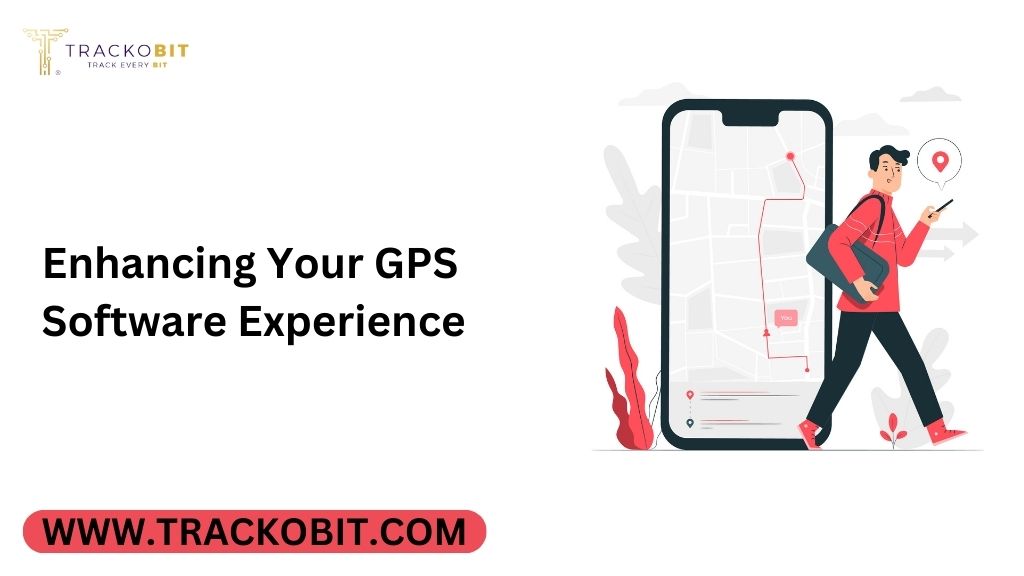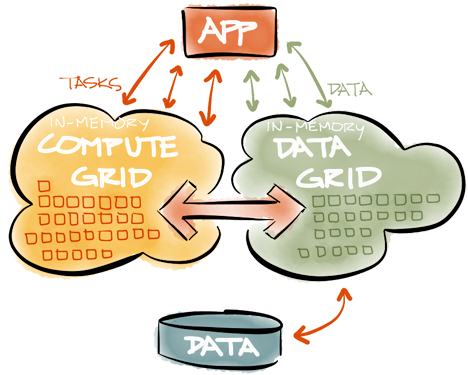World of GPS software, we are dedicated to ensuring that your navigation experience is nothing short of exceptional. Our team of experts has meticulously crafted this comprehensive guide to provide you with the latest insights and tips on using GPS software effectively. Whether you are a seasoned GPS user or new to the technology, this article will equip you with the knowledge and expertise to optimize your GPS experience.
Understanding GPS Software
What is GPS Software?
Global Positioning System (GPS) software is a technological marvel that utilizes satellite signals to determine your exact location on Earth. It has become an integral part of modern life, powering a multitude of applications, from car navigation to fitness tracking. Understanding the basics is crucial to harness its full potential.
How GPS Software Works
GPS relies on a constellation of satellites orbiting Earth. These satellites transmit signals that your device receives, allowing it to calculate your precise location based on the time it takes for these signals to reach you. The more satellites your device can connect to, the more accurate your position becomes.
Choosing the Right GPS Software
Factors to Consider
Selecting the right GPS tracker for your needs is essential. Several factors should influence your decision:
- Purpose: Are you using GPS for driving, outdoor activities, or fitness tracking? The ideal software will vary based on your intended use.
- Coverage: Ensure that the software covers your desired regions, as some may be more accurate in specific areas.
- User Interface: An intuitive and user-friendly interface is key to a smooth navigation experience.
- Updates: Frequent updates are critical to ensure accurate mapping and the latest features.
Tips for Optimizing Your GPS Software
1. Regular Software Updates
Keeping your GPS software up-to-date is paramount. These updates often include bug fixes, improved accuracy, and new features. Ensure that you’re always using the latest version.
2. Strong Satellite Signal
A strong satellite signal is the foundation of accurate GPS navigation. To maximize your signal strength:
- Stand in an open area with a clear view of the sky.
- Avoid obstructive obstacles such as tall buildings and dense tree canopies.
3. Pre-Plan Your Routes
Before embarking on a journey, it’s advisable to pre-plan your route. This not only helps you save time but also ensures you’re aware of any potential roadblocks or detours.
4. Download Maps for Offline Use
While most GPS software functions online, some offer the option to download maps for offline use. This is especially helpful when you venture into remote areas with limited connectivity.
5. Utilize Voice Guidance
Voice guidance can significantly enhance your navigation experience. It allows you to focus on the road while receiving clear, turn-by-turn directions.
Troubleshooting Common GPS Issues
1. Inaccurate Location
If your GPS consistently provides inaccurate information, consider the following solutions:
- Ensure your device’s location services are enabled.
- Reset your device’s network settings.
- Calibrate your GPS compass for better accuracy.
2. Slow Signal Acquisition
Slow signal acquisition can be frustrating. To expedite this process:
- Keep your device’s GPS receiver up to date.
- Clear any cached data that may be slowing down the signal acquisition process.
3. Battery Drain
GPS usage can be a significant drain on your device’s battery. To mitigate this issue:
- Optimize your device’s power settings.
- Use a car charger or a portable power bank for extended trips.
Conclusion
In conclusion, GPS software has revolutionized the way we navigate our world. With the right software and a few handy tips, you can make the most of this technology, ensuring you reach your destination with ease and confidence. Whether you’re a daily commuter or an adventurous traveler, our commitment is to provide you with the best advice to enhance your GPS software experience. Stay connected, stay informed, and stay on the right path with our expert insights.





